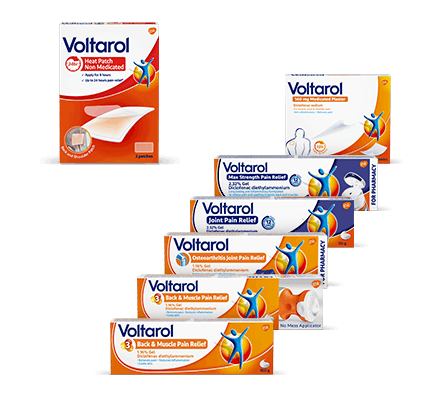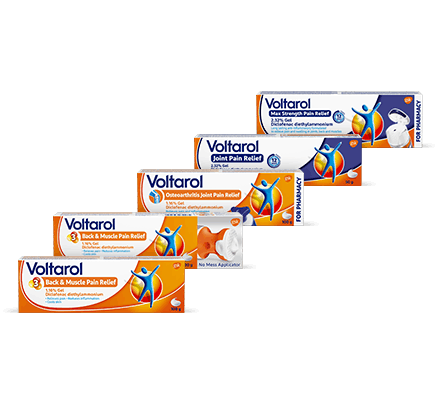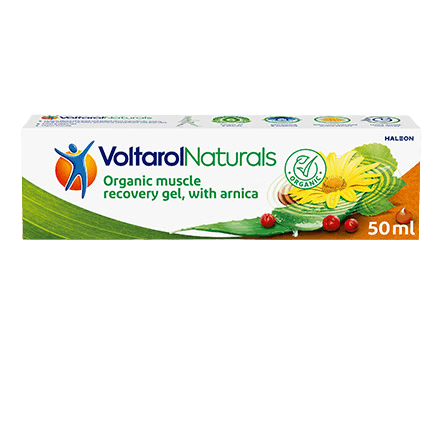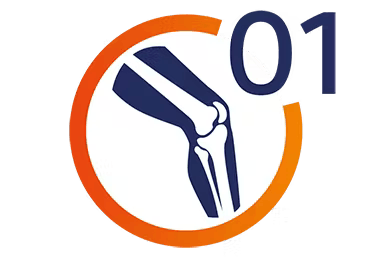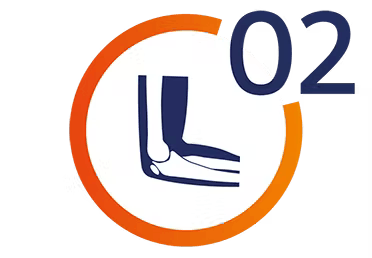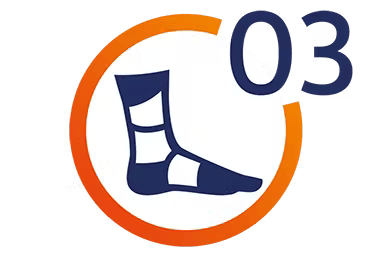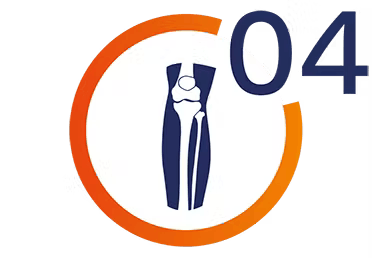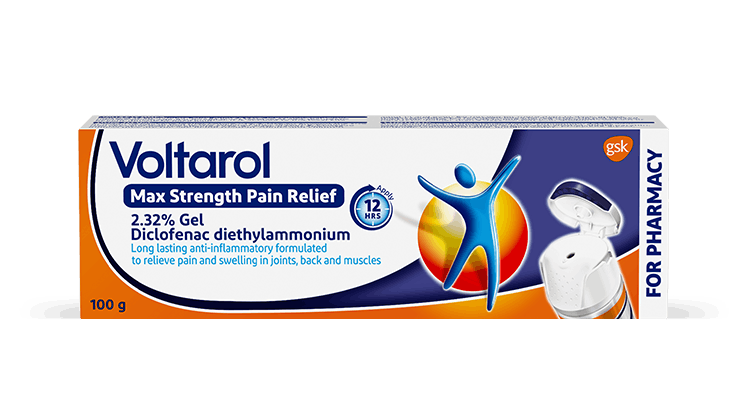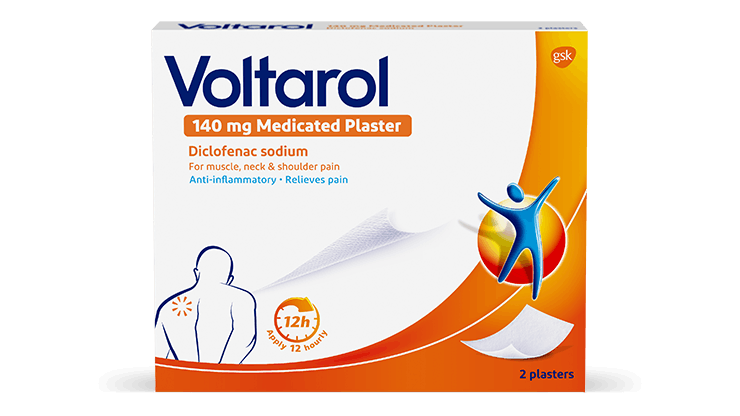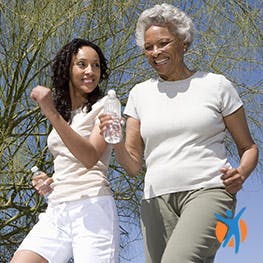
SHARE THIS ARTICLE:
Musculoskeletal injuries such as sprains or strains can happen at work, at home or while playing sports, and can be minor or very serious. Here we look at common injuries and how to treat them.
Injuries
Depending on the injury, symptoms can vary from mild to severe and be short lived or long lasting.
- Acute injuries occur suddenly and may be accompanied by sharp and severe pain, swelling and lack of mobility in the affected area.
- Sprains (when a ligament is stretched, twisted or torn) and strains (when muscle fibres stretch or tear) are common. Symptoms include pain, swelling, bruising, muscle spasms, and inability to freely move affected joints.
How injuries can affect you
Sprains and strains may initially require professional medical treatment and can stop you from doing everyday activities. Serious injuries like fractures, torn ligaments and dislocations may cause a lot of pain, require ...professional medical treatment and force you to rest while you recover.
Did you know?
Never try to work through the pain of a musculoskeletal injury. When you feel pain, you should stop walking, playing or exercising as carrying on could only cause more damage.
13% of people say that their body pain has been caused by injury.
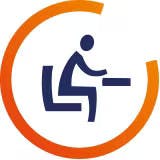
Injuries at work
Some of the most common causes of injury at work are trips, slips and falls, and manual handling and lifting accidents. The most common types of injury at work are sprains and strains, back, head and neck injuries and repetitive strain injuries.
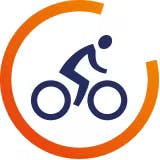
Sports injuries
Sports injuries can affect almost any part of your body, including the muscles, bones, joints and connective tissues (tendons and ligaments). The most common type of sports injuries are sprains and strains. Knee injuries can be caused during sports or exercise, the result of overuse, damaged cartilage or a torn ligament. Achilles tendon injuries may occur when the tendon connecting the calf muscle to the heel is damaged. Sports injuries can result from accidents, poor training practices, incorrect clothing or shoes, lack of fitness or not warming up and stretching enough before playing.

SHARE THIS ARTICLE:
Health, wellness & your pain
Pain is rarely just physical nor is it always solved by taking medicine alone. Voltarol is your ally in helping you take more control of your pain journey, from the way to sleep, to what you eat, mental wellbeing and complementary pain relief therapies.


